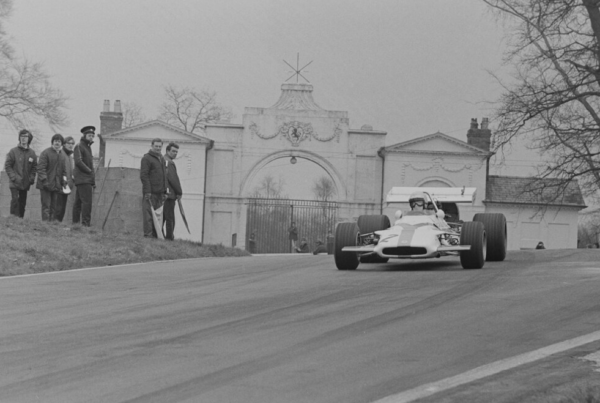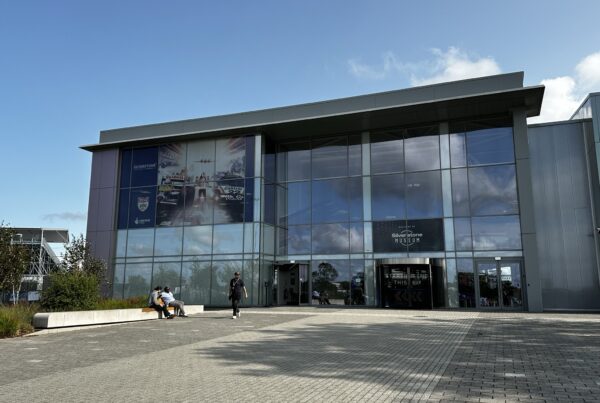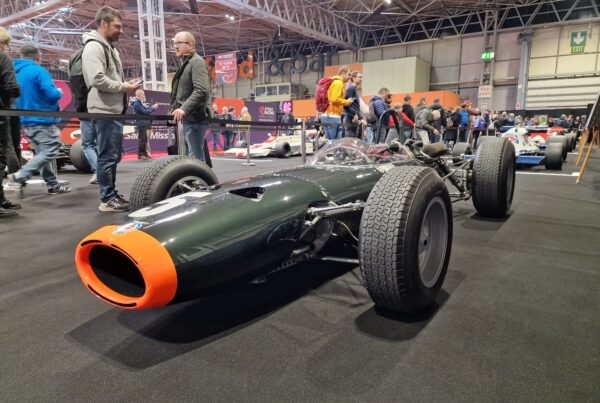We’re delighted to announce that we have carbon balanced all of our 2022 and 2023 emissions for running our Chassis IV. This includes emissions from the car itself and its transportation to and from events. As Federation of British Historic Vehicle Clubs (FBHVC) members, we are excited to participate in their Carbon Capturing Scheme.
Launched in December 2021, the FBHVC’s scheme, delivered in partnership with Tree-V, is now in its second year. The first year was a massive success with 2,454,787 miles carbon balanced, 3880 trees planted, and 1294 tonnes of CO2 captured and removed from the atmosphere. We’re thrilled that British Racing Motors’ contribution can be added to this cumulative total – showing the wider public and lawmakers that we are taking our carbon footprint seriously.
We’re taking part in the carbon-capturing scheme. This means brand new trees will be planted right here in the UK, which, over their lifetime, will absorb (called sequestering) our vehicle’s emissions.
Why do trees absorb our carbon dioxide emissions? First, trees need carbon dioxide to live and grow. Trees take in carbon dioxide through tiny pores in their leaves and combine it with H2O and sunlight in a process known as photosynthesis. This process converts CO2 into sugar, which the tree can use or store as energy. The storage of this sugar, as starch, in the sapwood layer of the tree is how trees remove CO2 from the atmosphere. As long as the tree is never burned down, that carbon is permanently absorbed.
Working with the FBHVC and their delivery partners, Tree-V, we have calculated the cumulative carbon dioxide emissions created by Chassis IV and its transportation and thus determined how many trees need to be planted to balance the CO2 out.
Our trees are being planted in Tom’s Wood in North Yorkshire. A wide variety of trees can be used for carbon capture; the FBHVC and Tree-V always make sure to use trees that are native to the area and that are best suited to the climate, soil time, rainfall and numerous other factors. Tom’s Wood will be made up of a mix of Alder, Birch, Wild Cherry, Goat Willow and Sycamore.
New woodland brings a host of other benefits alongside capturing our emissions! Forests are also rich in fringe benefits, such as habitat for biodiversity, recreational space, flood mitigation, soil and water protection, and cleaner air.
For more information and should you wish to sign your vehicle, please visit www.trees.fbhvc.co.uk.


